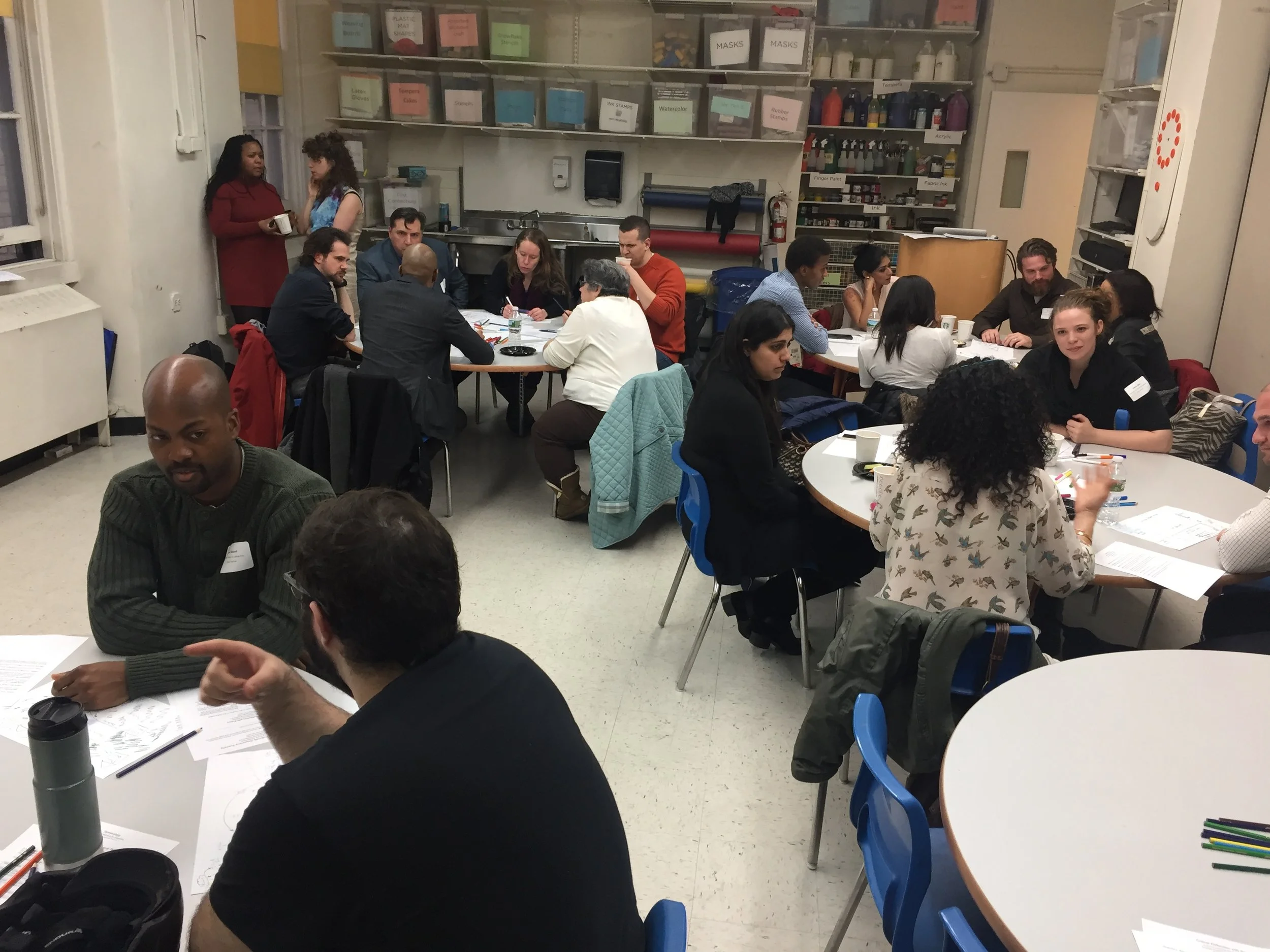On January 24, 2017 Exploring the Arts held a workshop on Culturally Inclusive Arts Education for teachers and administrators in our Partner School Network. Cultural strategist, Keonna Hendrick lead participants to consider new practices and attitudes for developing stronger relationships with diverse learners, artists and artworks, while improving cultural competency skills for multicultural art education.
Below are a few of the strategies proposed as well as links to additional information:
Ask students to:
Explore cross cultural influences and parallel art making practices when introducing styles and techniques. For example, when introducing Cubism to students also introduce the Congolese artworks that artists like Picasso and Wilfredo Lam drew inspiration from to discuss the similarities between shapes and the human form. In doing so, students will learn that some painters celebrated in the Western Art Historical canon draw inspiration from non-Western artists at times, thus elevating the value of non-Western art.
Find ways to share authority with students. When we share authority with students we invite them to take agency in the learning experience and counter deficit approaches to teaching. We can share authority with students by inviting them to:
- Select content/artwork to discuss
- Offer teacher feedback
- Develop original content for projects
- Share knowledge or skills with the class
- Facilitate activities or discussion
- Identify site for art outings
- Complete logistical and administrative tasks for the class
Ask students what they want to learn and what skills or qualities they would like to contribute to the class. Their contribution may be brief or extensive, however the goal is to engage students from an asset based approach or placing emphasis on what they have to share. For example, in a dance class you might invite kids to introduce a social dance once a week so that others can learn it. You can also compare some of the technique and choreography of the social dance to that of the dance they may be learning as part of the curriculum. You might also ask students to describe how they learned the dance so you elevate different types of knowledge and ways of knowing that might not always be celebrated in academia.
Relate the curriculum to issues that are important or relevant to students' lives. For example, once a week, start the class with a reflection question that asks them to consider the relevance of the unit of study to their lives or current events.
Click here for additional tools and information.

